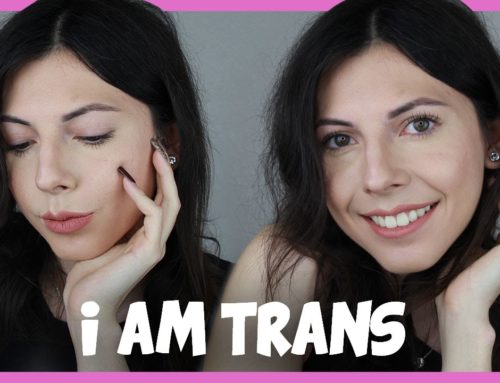The Difference Between Sex, Gender & Sexuality
Sex is defined as two categories (male and female) into which humans and most other living things are divided on the basis of their reproductive functions. After a doctor delivers a baby they determine the newborn’s sex, based strictly on genitalia. This sex is then placed across a birth certificate and other legal/medical documentation. In the year 2000, about 1 in every 1500 newborns have noticeable atypical sexual characteristics, also known as intersex.
Gender is defined as a range of characteristics pertaining to a differentiation between masculinity and femininity. Depending on the context these characteristics may include biological sex, sex-based social structures, or gender identity. Gender has been constructed in a way for society to associate how one should act and behave. For example, a social construct of gender would be: pink is for girls and blue is for boys. But gender is much deeper than that. Gender identity is very personal with an internalized feeling of being a man, a woman, a mix of both, or something completely different.
Sexuality is defined as the capacity for sexual feelings. Sexuality has to do with your feelings, thoughts, attractions, and behaviors towards other people. You can find some people physically attractive, sexually attractive, and/or emotionally attractive. All of these things apply to your sexuality. When you combine gender identity and sexuality you are given sexual orientation. Sexual orientation is a person’s sexual identity in relation to the gender in which they associate with and the gender in which they are sexually attracted to.
The four main sexual orientations are:
- Heterosexual: sometimes referred to as straight, people who are romantically and physically attracted to members of the opposite gender.
- Homosexual: also referred to as gay or lesbian, someone who is romantically or physically attracted to people of the same gender.
- Bisexual: also referred to as bi, people who are romantically and physically attracted to members of any gender.
- Asexual: people who are not interested in sex but the emotional connection to others.
Let’s use me as an example: So how would you identify someone who is assigned male at birth but identifies as female and is attracted to men exclusively? The simple answer: heterosexual. Regardless of the kind of sexual interactions that may happen in the bedroom one’s sexuality is strictly defined by their gender identity and their sexual attraction towards others. How things operate in a closed environment between two consenting adults is between those individuals.
I encourage you to question your own lifestyle and life choices. How would your life be different if you were not assigned a gender and if items weren’t assigned certain gender roles? And ask yourself if what you’re thinking and seeing is factually how you feel or something that’s a result of socially constructed gender. And always ask yourself how you would feel if you were that person. Understanding that each and every one of us deals with unique scenarios is important.
It’s impossible to understand what someone else is going through. Especially someone who’s trans and has a hard time being seen as the gender they identify with. Most trans individuals feel the need to match social standards as an instinct of survival. Which causes some trans individuals to act a certain way instead of being their most authentic selves. Feeling confident and understanding who you are internally is a long journey of self-exploration.



